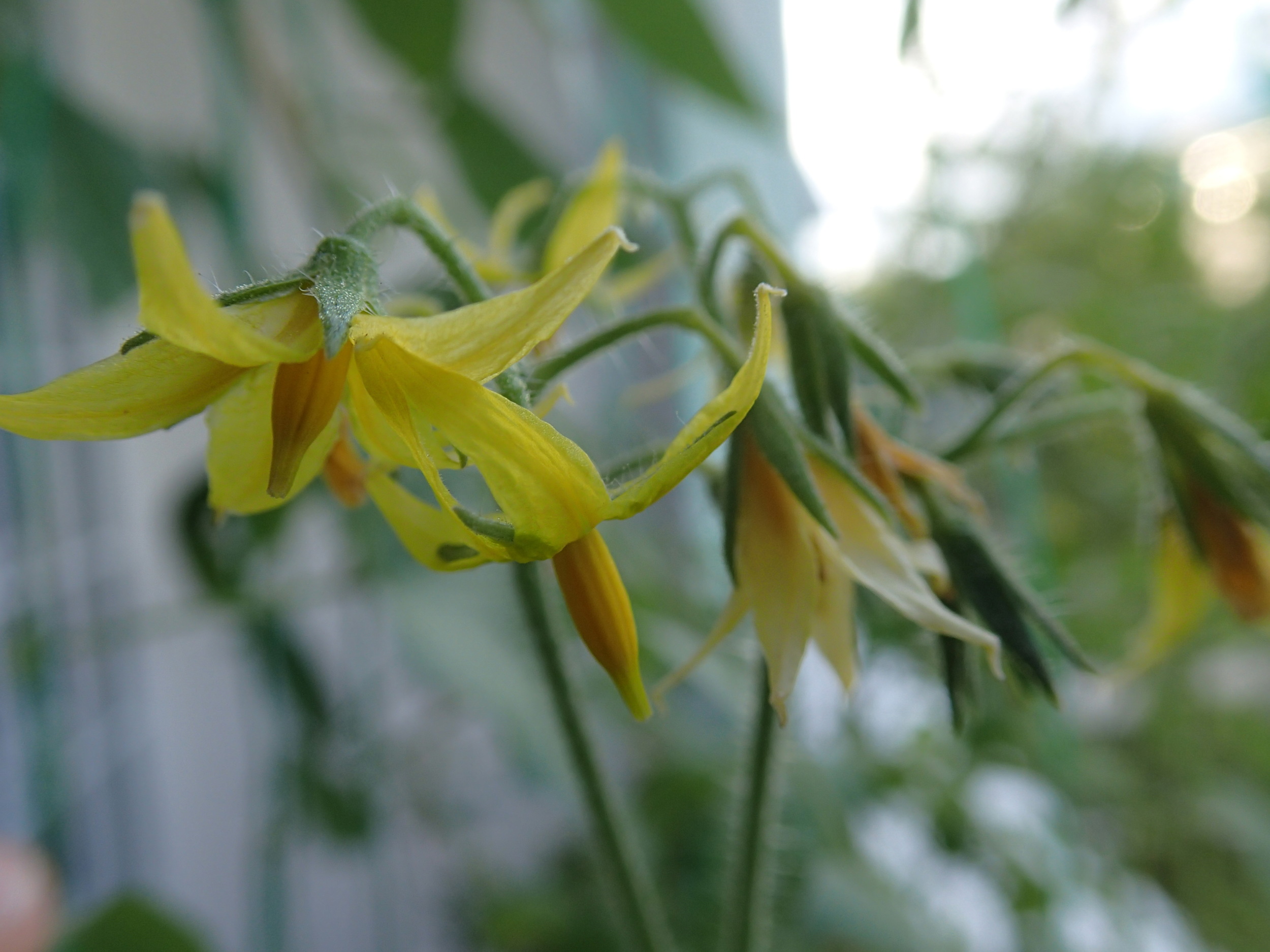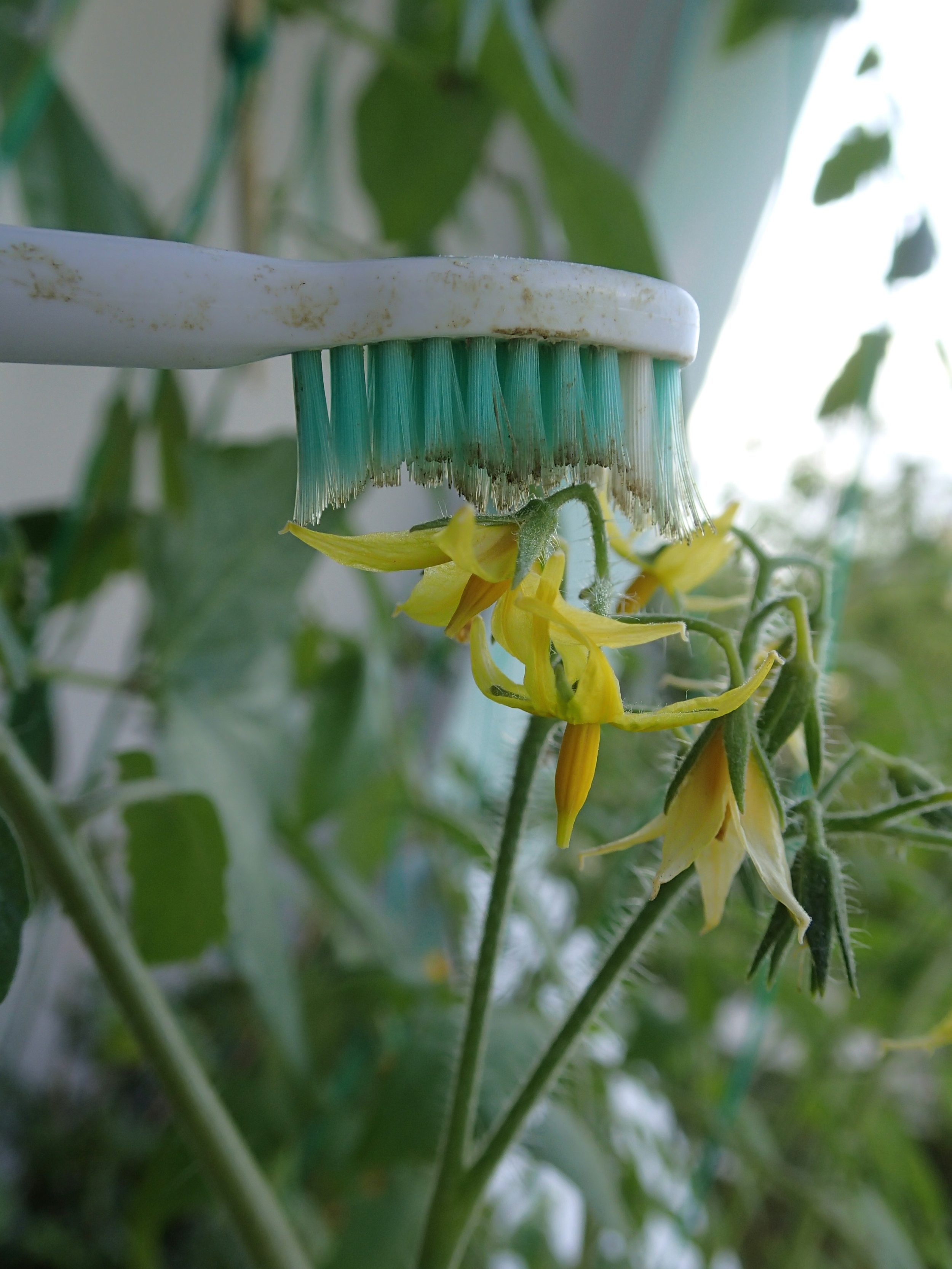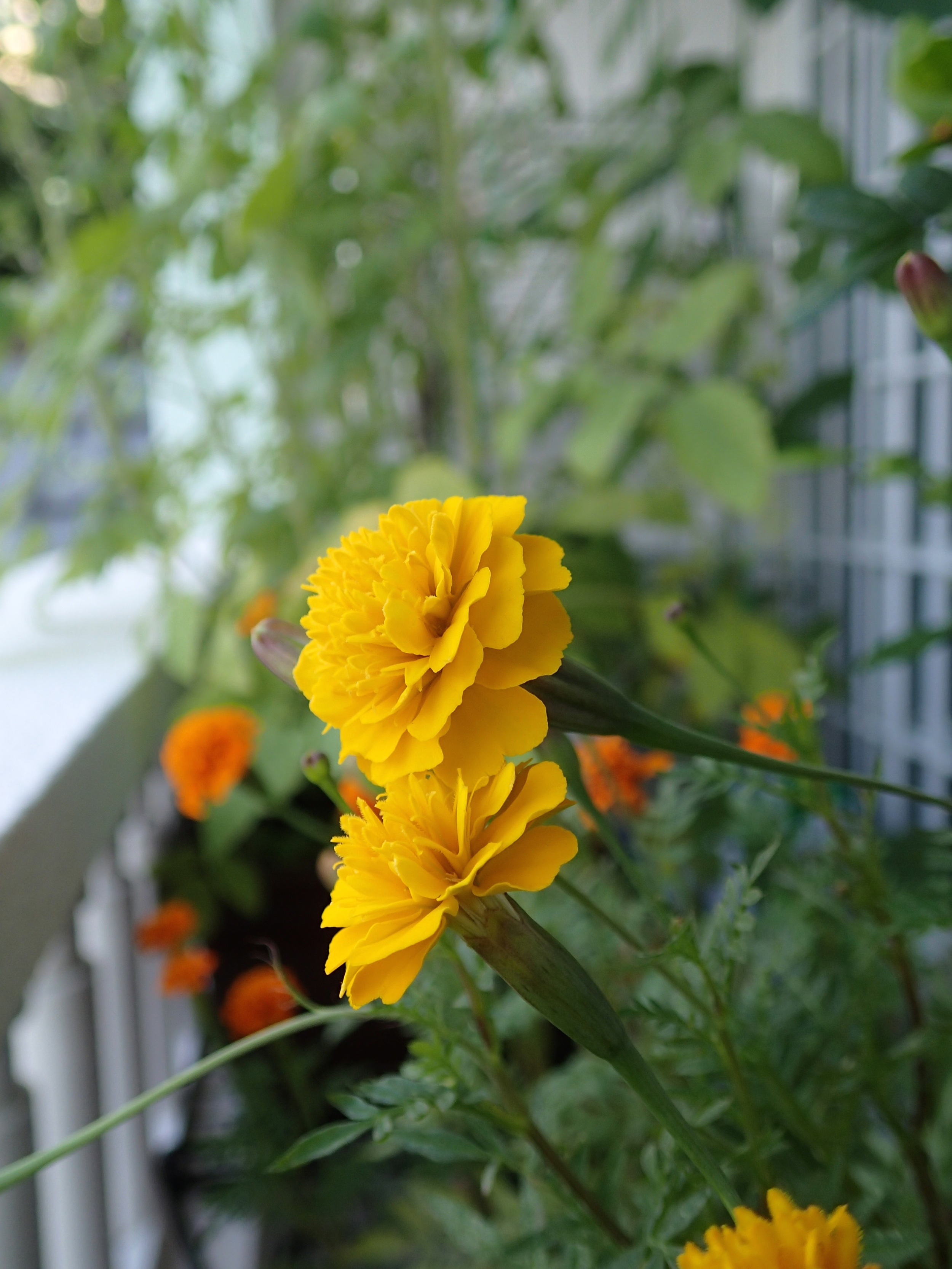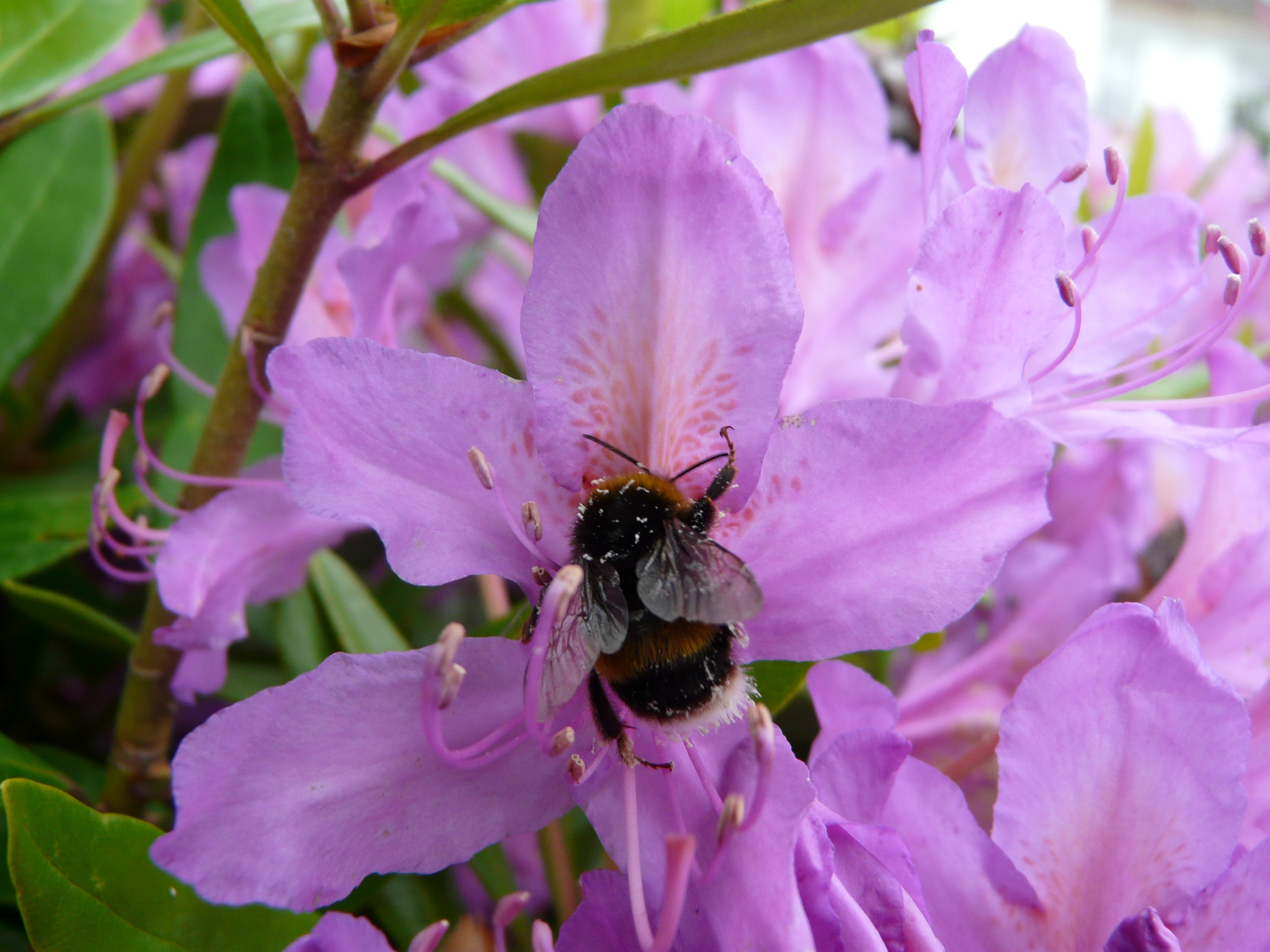Bird and the Bees (and vibrating toothbrushes)
/Despite the title, this isn’t an urban legend about college initiation ceremonies, but it does get a little fruity! Today children, we’re going to talk about reproduction… in this case fruit and veg.
A bumblebee in my parent's garden
One of the challenges for many urban farmers is ensuring the flowers that will turn to fruits or veg pollinate. Insects are our friends here, with bees first amongst equals. Bees, butterflies and other beautiful little flying things cover themselves in the ripe pollen from the anther (‘male’ filaments inside a flower) and then deposit this pollen in the pistil (which includes the entry point stigma and fertilisation point, the ovary). But bees are in decline. This is rightly grabbing headlines and the attention of the likes of Greenpeace. Additionally, urban environments, particularly indoors and high-rise are hardly insect-rich habitats, compounding the issue.
Pollination put simply by http://easyscienceforkids.com/
I have to be a little careful here about what I write of my adopted home, Singapore, but the weekly ‘fogging’ – a euphemism for spraying pesticide everywhere, reportedly to stem the disease-bearing mosquito population – also impacts other insects. While dengue, malaria and other mosquito-transmitted diseases are killers, let’s hope that the pioneering scientific research around rendering malaria-carrying mosquitos infertile might offer alternatives to indiscriminate insect chemical warfare.
So, when one tomato started growing and the other flowers in that cluster did not, I realised I needed to do some ‘plant husbandry’. The role of plant sex therapist took me down an intriguing rabbit warren of internet research, and the more I researched artificial pollination the harder it became to resist innuendo. Some of the frontrunner options were:
- The caveman: bash a couple of flowers together hoping anthers and pistils meet in violent union.
- The whisperer: trust that nature’s gentle breeze will caress the delicate pollen into the willing pistil.
- The fluffer: take a clean make-up brush and gently dust the flower’s interior, mingling the plant’s pollen around and hoping he or she likes being tickled.
- The vibrator: use something gentle and oscillating placed against the outside of the flower to get the plant’s bit moving. Popular in Japan I hear…
I opted for the latter, and thankfully had a manky old electric toothbrush lying around. I am very bad at throwing away electronic goods, even when broken, as I harbour notions of one day being able to recycle them. For once, my hoarding paid off. This weak and barely functioning toothbrush was just about gentle enough to hopefully fake ‘self-pollination’ but without damaging the flower.







